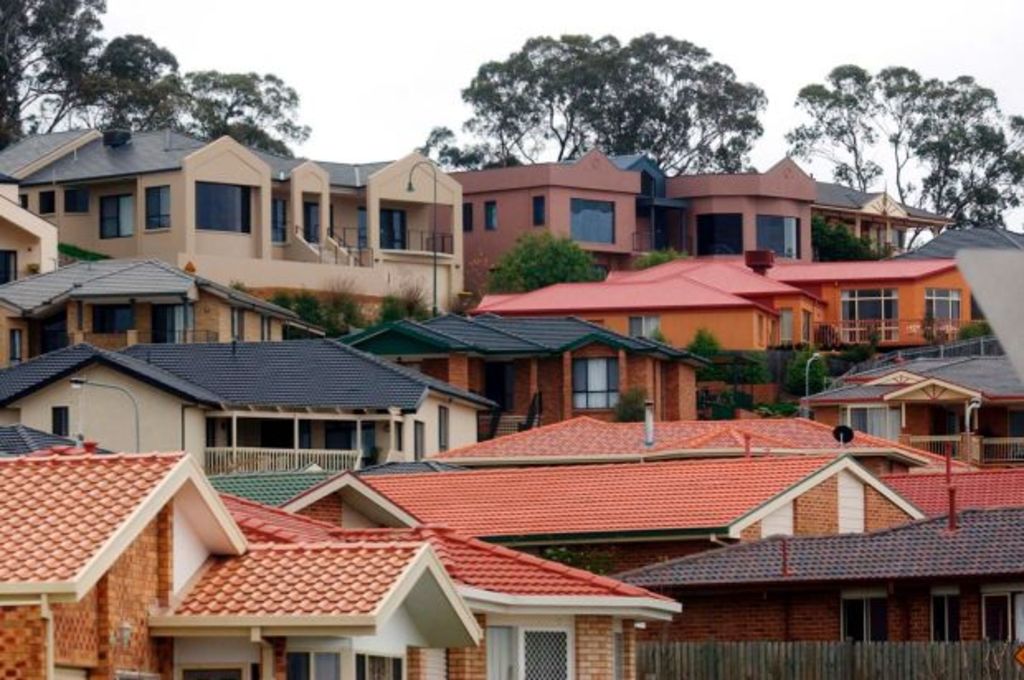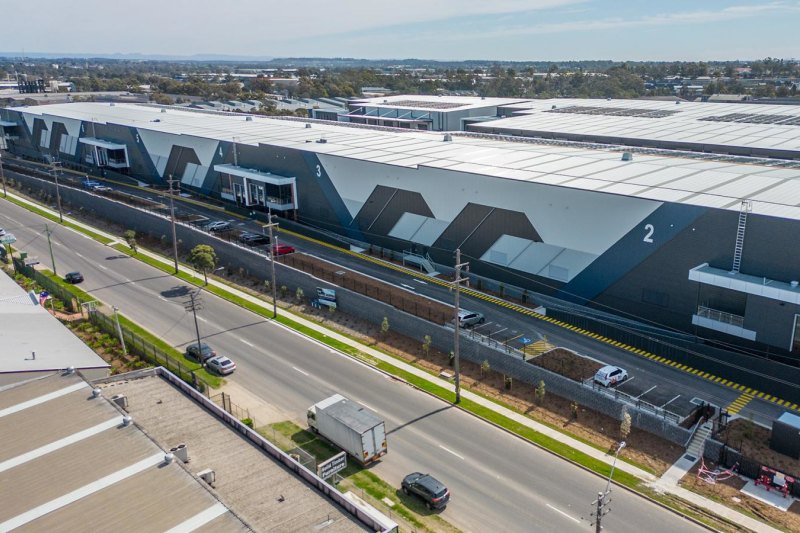ACT's housing industry has lower confidence in government, new survey finds

Canberra’s housing industry has significantly less confidence in the territory government than what was shown in previous quarters, a new survey has found.
The latest ANZ/Property Council survey found while expectations for housing and retirement capital growth were at an all-time high, there was decreased confidence in other areas, including forward work schedules, staffing levels and territory government performance.
Property Council ACT executive director Adina Cirson said the overall March quarter results showed the industry believed the ACT was in a good place.
“The sector continues to watch closely on policy challenges of housing affordability, economic growth, cities and infrastructure, tax reform and energy efficiency, with respondents citing these as the top issues to monitor going forward,” she said.
” … the ability to get on and deliver for the ACT remains heavily reliant on the government being able to remain agile and respond to the demands in the market.
“This can be done through the reduction of red tape, ensuring viability of development through fair and equitable taxes and charges, and making sure delays in planning caused by increasing volumes of approvals are minimised.”
Despite optimism about home prices in the industry, Australian Bureau of Statistics data out this week showed a big slump in approvals for new houses and apartments in Canberra.
Overall, dwelling approvals were down 22 per cent over the 11 months to the end of November 2017 compared with the same period in 2016. In the 11 months, 4297 units and houses were approved in the ACT (in trend terms), down from 5514 on the same period a year earlier.
The fall was not confined to apartments, with house approvals also down significantly on 2016. In the 11 months from to November 2016, 1168 new private-sector houses were approved in the ACT. In the same period in 2017, 885 new houses were approved, a fall of 24 per cent.
Master Builders ACT said demand for new homes was being met across the border in Googong, Queanbeyan and Murrumbateman, and blamed land taxes and limited land releases in Canberra.
Housing Industry Association ACT director Greg Weller said the strong economic fundamentals suggested there should also be a good pipeline of building work, so the figures were surprising.
The main fall in approvals for stand-alone houses was in Moncrieff, where the new suburb was almost complete.
“What we’re seeing is Moncrieff finish up, but we’re not seeing the new suburbs like Taylor, Throsby and Denman-Prospect doing the job they should be doing and filling that hole … It hasn’t quite taken off yet like we hope it will.”
That could be due partly to the wet winter in 2016, which delayed building and infrastructure work, which would in turn delay new projects for 2017, Mr Weller said. But land prices had also hit the willingness of people to buy and build in the new suburbs.
“This underpins the importance of there always being a strong pipeline of available land and potentially multiple developments at once so there is competition to keep prices down.”
We recommend
We thought you might like
States
Capital Cities
Capital Cities - Rentals
Popular Areas
Allhomes
More







